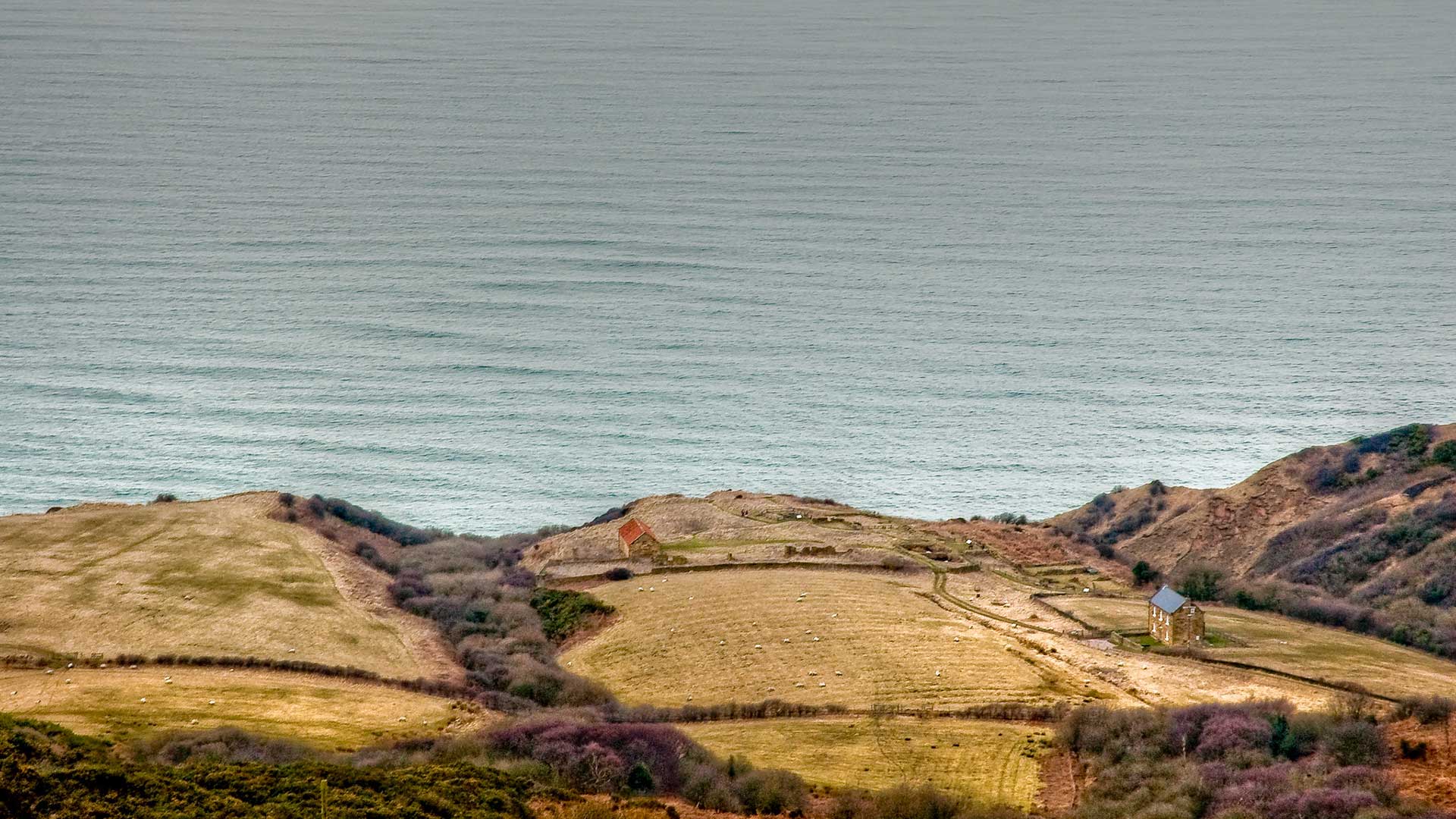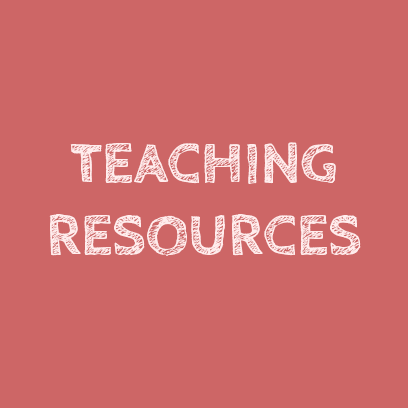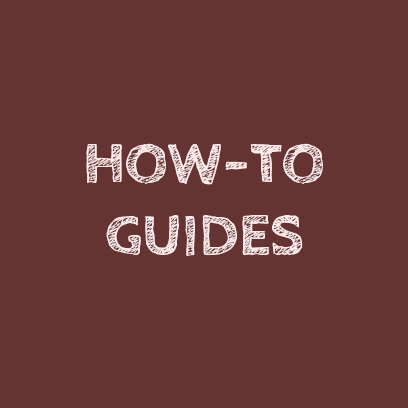What Makes A Place?
The sights and sounds of home | Suitable for 14-18 year olds
Describing a place
What is it that gives a place its identity?
Is it the people, the accents, the little details you barely notice until they’re gone? Or is it something else?
Let’s explore how setting shapes our sense of belonging – and how a single shift can turn the familiar into the strange.
Video by Marcus Armitage – embedded & hosted by Vimeo
Thinking idea
Think about places.
What accents feel familiar? What sounds make you feel secure? What noises alarm you?
What situations make you feel out of your comfort zone? What makes a place feel safe? What makes a place feel dangerous? What reminds you of home?
What reminds you that you’re not in Kansas anymore?
Discussion idea
Can you create a list of similes that describe a familiar place. For example:
- My Mom’s voice …. like a … .
- The school corridor was as …. as a …
Can you create another list of similes that describe a completely different, unfamiliar or stranger place. Noises, clothes, smells, light, weather, and the way people act and move are good starting points.
Experiment with changing the nouns and verbs in your similes to turn them from familiar ideas to strange and unexpected images.
Writing idea
Explore two settings.
Take a journey from home, into the unknown, and find a way back home.
Explore what makes a place feel like home and what makes a place feel foreign and strange.
Thrust the reader from home and security, into strangeness and the unfamiliar, and back to home again.
Teaching idea
Model descriptions of familiar places compared to descriptions of unfamiliar places.
Think about how you can highlight the differences between two places.
Talk about crossing the threshold in a hero’s journey, defamiliarization, liminal space, Freud’s theory of the Uncanny, and how a writer can make the familiar seem strange to alter a setting or atmosphere for the reader.
Look at examples of writing and films where characters move quickly from a familiar setting into an unfamiliar setting, for example, the wardrobe in The Lion the Witch and the Wardrobe, a haunted house, the Upside-Down in Stranger Things, the Tesseract in A Wrinkle in Time, the Subtle Knife in Philip Pullmans’ These Dark Materials or the rabbit hole in Alice’s Adventures in Wonderland.
Resources
- University of Washington has a fascinating range of drama resources that explore dialects and regional accents.
- What makes a home feel like home? This article from Psychology Today explores the science and this article from The Atlantic explores the human condition.
- The Dialect and Heritage Project includes free resources for 11-18 year olds to explore grammar, linguistic conventions and the diverse world of English dialects.
- This article explains how SoapBox Labs in Ireland built a speech recognition app that learned kids’ accents in 193 countries, to help make reading and writing more inclusive.
- BBC Bitesize looks at accent and dialect differences with this interactive quiz for 11-14 year olds and these articles about surprising accent facts and what your accent says about you.
- Can you think of great songs sung in authentic accents? Here’s Sunshine On Leith by the Proclaimers.
Please note, Vimeo may use cookies if you play this video. Click for more information, and here’s how to turn cookies off.
That Yorkshire Sound

Seeing Things Differently
North Yorkshire. Photo by Thomas Tolkien
What would it be like to live in this isolated house by the sea? Write a fictional setting describing the house from a distance, and drawing the reader in closer until you open the door and step inside. Focus on atmosphere, details, how you feel about the place, as well as the details of what you can see, hear, smell and touch.
Try more Scribblebibble writing prompts!
Packing Tips
Step by step instructions | Suitable for 9-13 year olds. Can you create a clear, easy to follow and fool-proof set of packing instructions? Think carefully about your audience and your approach.
Secret Narratives
Narrative secrets | Suitable for 13-18 year olds. In this video there’s a secret in this song lyric’s story, but it’s cryptic and unrevealed. Can you build a story around a character’s secret? How do secrets shape characters, situations and narrative plots?





